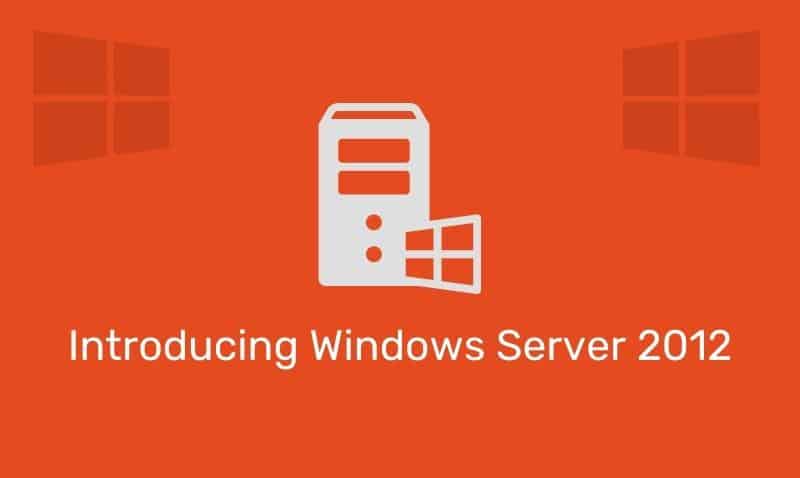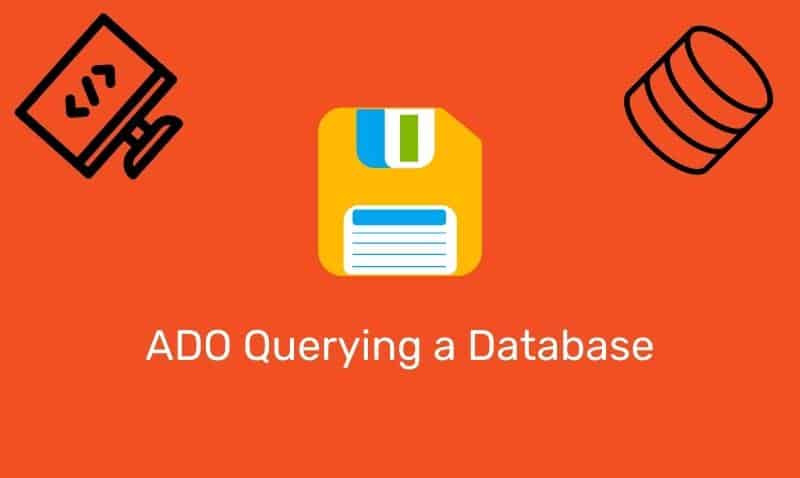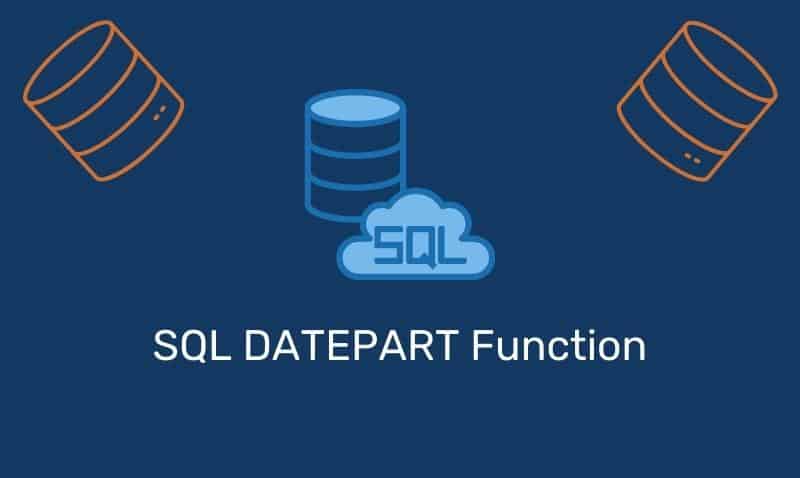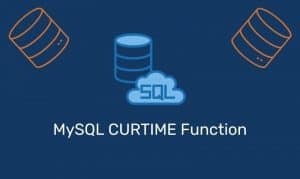The application layer is the seventh layer (layer 7) of the seven-layer OSI model. The application layer is the OSI layer closest to the end-user. This layer interacts with software applications that implement a communication component. Application layer functions typically include the following:
- Identifying communication partners
- Determining resource availability
- Synchronizing communication
It is important to understand that user applications do not reside in the application layer. It is those protocols that interact with the end-user application that reside in this layer. The application layer provides services for user applications to employ.
For example, when you use your web browser, that actual software is an application running on the computer system. The web browser application will interact with services and protocols provided by the application layer, such as the HTTP protocol.
Application Layer Protocols
Here are examples of some of the protocols that function within the application layer of the OSI model:
BOOTP– IP configurationDHCP– IP configurationDNS– Name resolutionFTP– File TransferHTTP– File TransferIMAP4– MessagingPOP3– MessagingTelnet– Remote Data TransmissionTFTP– File TransferSMTP– MessagingSNMP– Network Management











